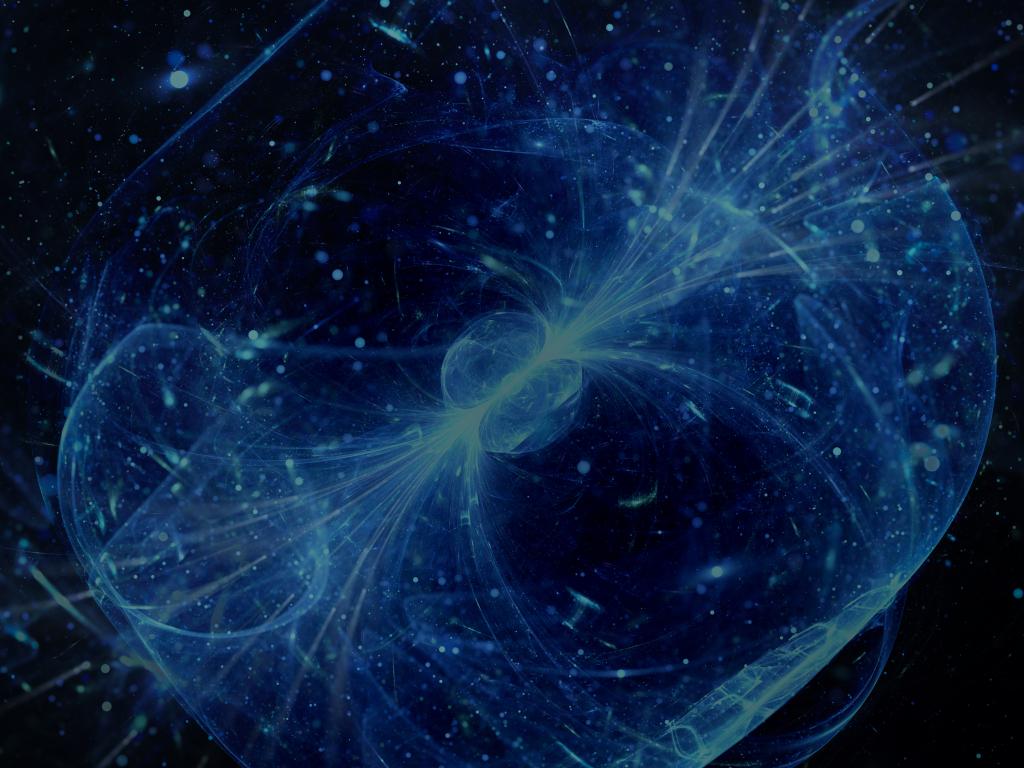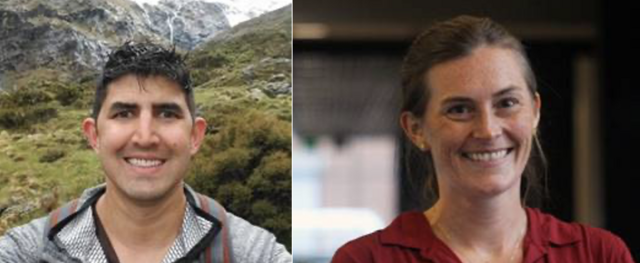Admission CTAs
Mason physicist’s research collaboration explores never before layered quantum materials for breakthrough in computing memory and processing capabilities
The National Science Foundation recently announced a $349,997 award to fund a collaborative partnership to research “Twist Control of Correlated Physics in Two-Dimensions." Dr. Patrick Vora, Associate Professor Physics and Astronomy and Director of the Quantum Science and Engineering Center at George Mason University and a multidisciplinary team aim to discover the role of interlayer interactions in layered quantum materials through the exploration of twisted heterostructures of tantalum disulfide (TaS2).
The three-year collaboration will focus on making new materials – the first artificial TaS2crystals, then working toward understanding their properties. This new ability to design quantum states by twisting layers can hasten the creation of memory and computing technologies that are superior in performance and energy efficiency to the status quo.
The collaboration includes researchers from the University of New Hampshire, the Quantum Material Press (QPress) at Brookhaven National Laboratory, theorists at the Naval Research Lab, and quantum materials experts at George Mason University.
“Our teams have worked in parallel on this difficult problem for years and now we are excited to collaborate to make new discoveries about the origin of quantum behaviors in this fascinating material,” said Vora who will involve Mason students and a postdoc on the project.
Twist angle physics in quantum materials also provides new insight into how interactions between electrons can lead to unexpected behaviors. The research teams seek to establish structure property relationships for this class of material which have never been studied before.
“They are delicate flakes, and they are chemically sensitive to air and begin degrading in a matter of minutes,” says Shawna Hollen. University of New Hampshire Associate Professor of Physics and Astronomy. “We will be collaborating with expert partners and using state-of-the-art tools at QPress at BNL to overcome these challenges.”
According to Vora, “Dr. Hollen uses a technique called Scanning Tunneling Microscopy and the Vora Lab will be doing Magneto-Raman spectroscopy to allow us to connect what's going on at the atomic level to what our Mason researchers observe at the larger scale level, which is more relevant for actual applications.”
In addition to potential breakthroughs in quantum technologies through materials innovation, the collaboration also aims to encourage a quantum-literate workforce. A portion of the funding will support career development and STEM outreach to the K-12 community, identifying educational pathways and enhancing the understanding of quantum science.
“We are extremely committed to quantum materials research and incorporating information about this important work into our STEM outreach efforts at Mason to inspire the next generation of scientists and engineers,” shared College of Science dean, Fernando Miralles-Wilhelm.
Mason’s College of Science recently purchased a state-of-the-art magneto-optical cryostat to expand its research capabilities and facilitate such collaborations. The cryostat can create large magnetic fields and ultra-low temperatures just two degrees from absolute zero, which is the coldest temperature theoretically possible.
“This powerful cryostat can cool things to temperatures lower than space and create magnetic fields 140,000 times stronger than that of the Earth,” Vora explained. “Our students gain invaluable research experience and training in state-of-the-art optics, cryogenics, electronics, and in high magnetic field technologies.” Vora said.
“This award is a huge step for our collaboration and will enable us to undertake this carefully planned but challenging project,” said Hollen. “It will connect UNH students to world-class labs and collaborators. I am excited for what is to come,” she added.
These activities are poised to make a long-standing impact, fostering innovations in materials science driving the creation of technologies that fundamentally alter how societies function while simultaneously preparing students for exciting careers in an increasingly quantum high-tech industry.

